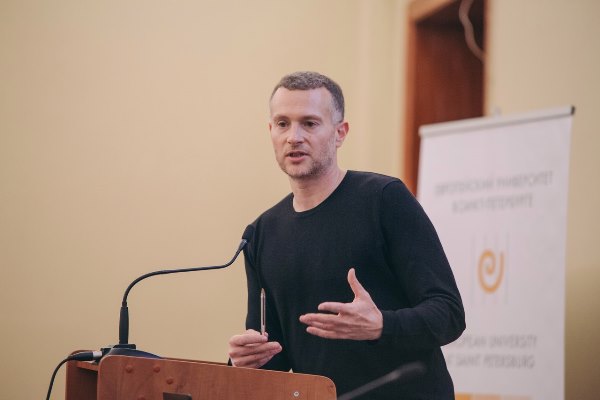The secret life of the snapshot was revealed in a prestigious lecture in Russia by a photographic expert from De Montfort University Leicester (DMU).

Dr Gil Pasternak, of the Photographic History Research Centre at DMU, gave a talk at the world-renowned Hermitage Museum in St Petersburg, which explored the shifting focus of amateur snappers in the first half of the 20th century.
At a time when cameras became ever more affordable, the emphasis switched from the starchy portrait photographs of the Victorian and Edwardian era to a more relaxed approach which captured everyday family life, he told the audience. And a magazine published by one of the biggest names in the business helped drive this sea-change in approach.
Kodakery was a monthly periodical for amateur photographers which ran from 1913 to 1932. A free one-year subscription was given to every new owner of a Kodak camera.
Dr Pasternak’s talk highlighted the subtle ways the firm reshaped the notion of photography.
“Kodak tried to encourage the readers of the magazine to take more pictures. In order to increase its sale Kodak – or any other company at the time – needed to reshape the concept of photography and what it could do.

“There was no point in taking a portrait photograph every day. People’s faces don’t change so quickly. But if you change the concept of photography so it is about creating a narrative, and telling stories, people will take more pictures.
“They called them storytelling pictures. They said photographs are time-capsules. And when you put them in an album, they work like biographies.
“One can assume that Kodak realised the potential for sales with this approach. We know the company was quite savvy. In order to expand the market they needed to get people to take photographs that would capture their everyday lives.”
While he was in St Petersburg, Dr Pasternak also gave a keynote speech to the After Post-Photography conference at the European University.
His lecture surveyed the development of photographic studies from the mid-20th century to the present day and explored the meaning of instantly-disposable photography in the age of smart technology.
“In the 19th century, photography was seen as a reflection of the present,” he said. “There was no direct conceptual connection with the past.
“It’s similar to how we use photography now. We take pictures and send them to share the moment, and that’s it. Normally the lifespan of that photograph is over.”
▪ De Montfort University is home to the Kodak Collection, an archive of books and journals dating back to the birth of the company, which was donated by the firm in 2009.
Posted on Tuesday 20 June 2017